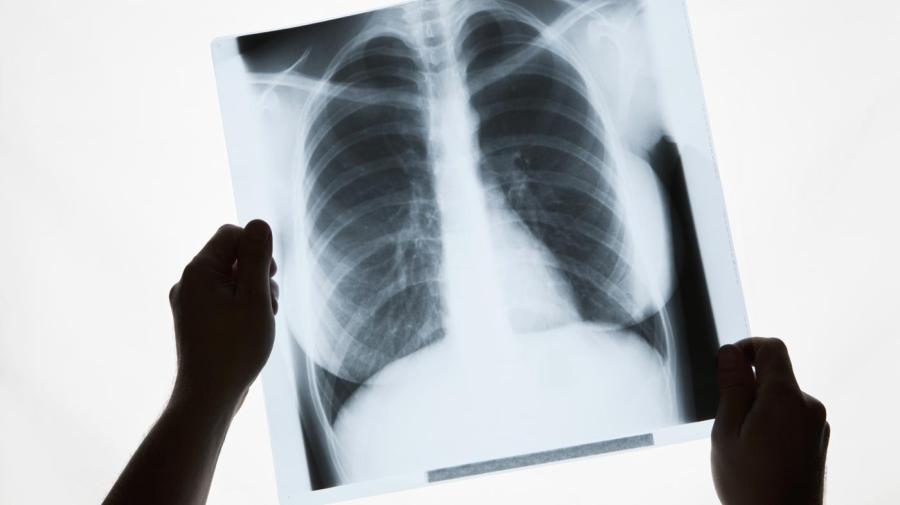What Causes White Spots in Lungs?

Dr. David Midthun of Pulmonary and Critical Care Medicine at the Mayo Clinic states that noncancerous lung nodules commonly occur due to a prior fungal infection, a bacterial infection, a mycobacterial infection or a benign tumor. A solitary lung nodule sometimes indicates an early cancer.
Dr. Midthun explains that lung nodules are common and usually noncancerous. They are typically scars that result from a prior infection, such as histoplasmosis or coccidiodomycosis. A CT scan of the chest reveals one or more tiny nodules in many cases. These nodules look white because they are denser than the surrounding lung, which contains air and appears darker. Smaller nodules are mostly noncancerous, particularly those that are less than 5 millimeters in size. However, larger nodules that measure more than 20 millimeters have more than a 50 percent chance of being cancerous.
When a solitary lung nodule is detected, doctors typically consider other factors that affect the probability of the nodule being cancerous, notes Dr. Midthun. Smokers have a higher risk of lung cancer. People older than 50 are also more likely to have a malignant nodule. Moreover, a family history of lung cancer and asbestos exposure both present an increased risk factor. The nodule is most likely noncancerous if there is no change in size, shape or appearance after comparing the patient’s current X-ray or CT scan with a previous one.





